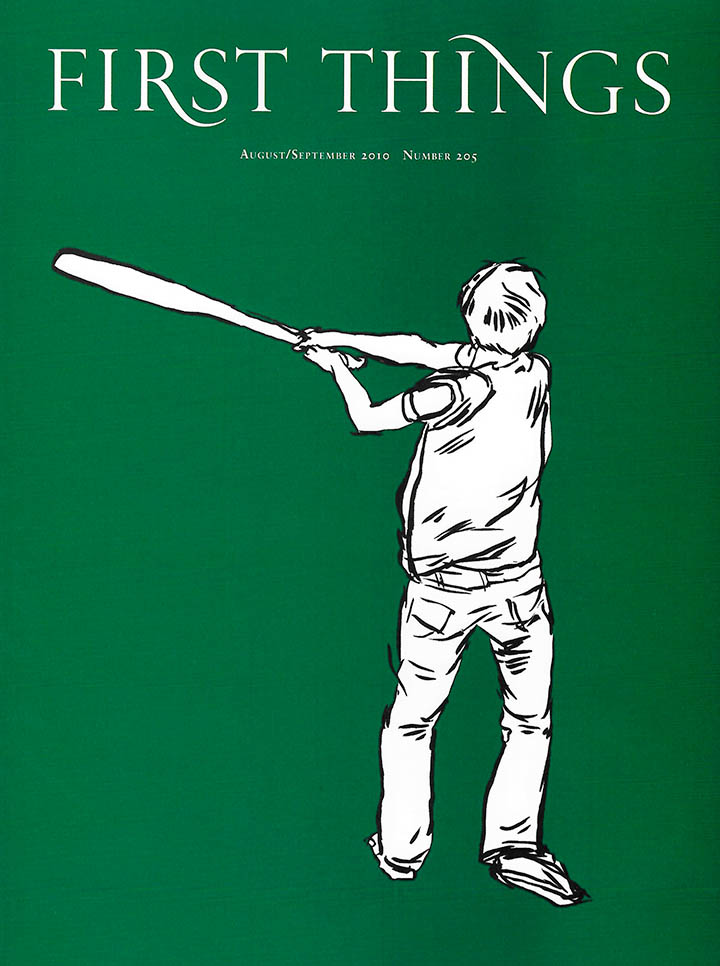Contested Will:
Who Wrote Shakespeare?
by james shapiro
simon & schuster, 339 pages, $26
The subtitle of James Shapiro’s lively new study is a real question that has long engaged serious artists and thinkers—Ralph Waldo Emerson, Mark Twain, Henry James, Sigmund Freud, Orson Welles, and Sir Derek Jacobi among them—together with Supreme Court justices John Paul Stevens and Harry Blackmun.

